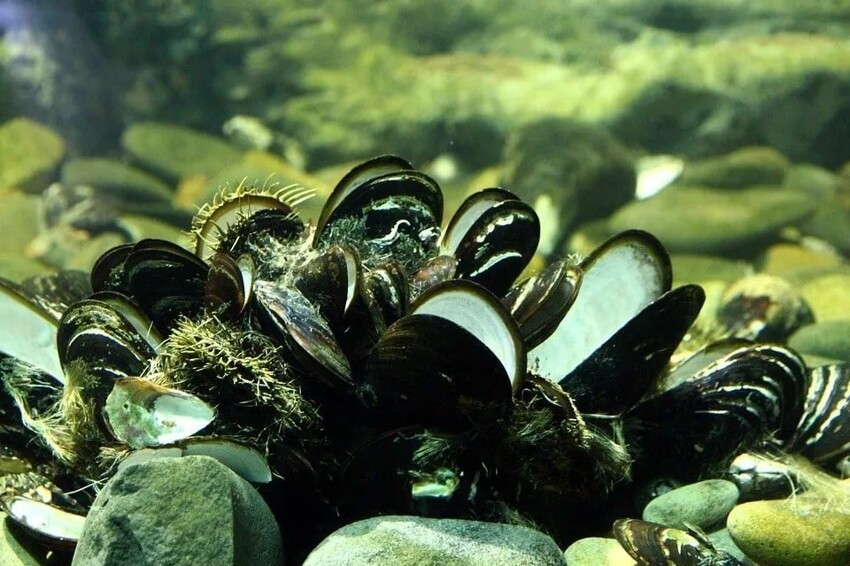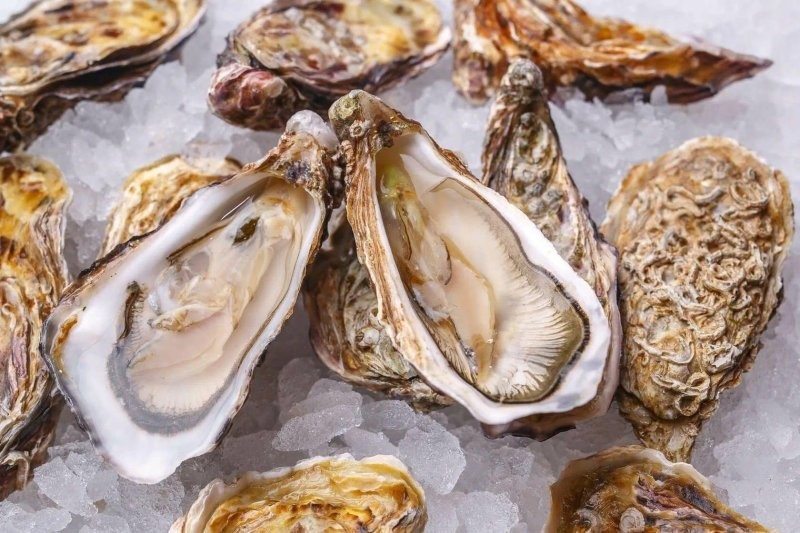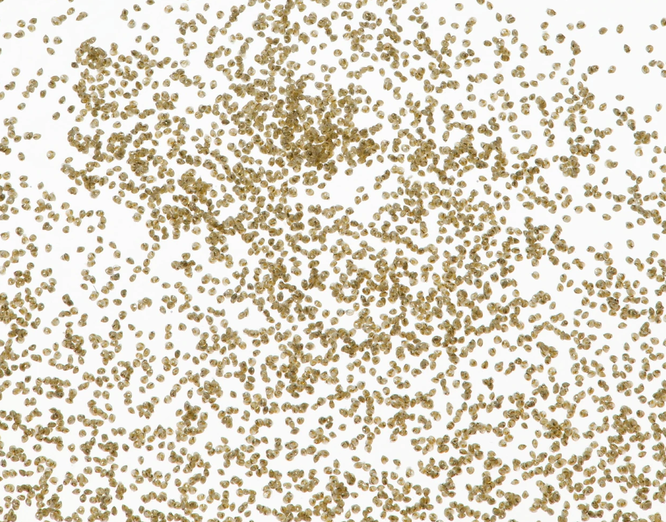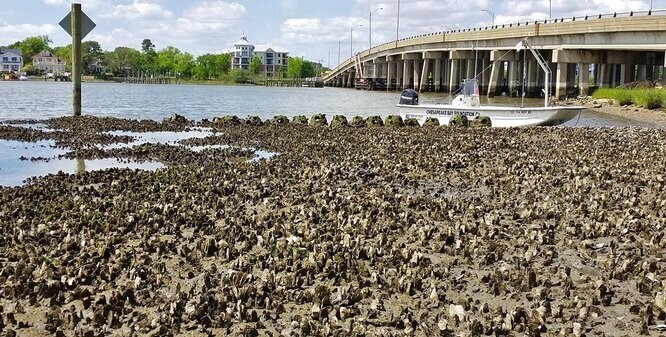Unusual properties of delicious clams: how oysters save the planet (5 photos)
It is generally accepted that oysters are grown mainly for eating. However, these mollusks are capable of more - for example, they can purify water from nitrogen and fine suspension. Therefore, many environmental activists help oysters survive and reproduce so that they, in their own turn helped other species. 
These mollusks purify the water and help marine life maintain their diversity.
Humans have been eating oysters for over 165,000 years. Research shows that Native American food culture thousands of years before the arrival of European colonizers provided for catching and eating oysters, but this tradition did not disturb the balance of oyster reefs.
But now, as a result of overfishing and diseases caused by environmental pollution and climate change, wild oyster reefs are in extreme deplorable state. Nearly a decade ago, wild populations of oysters were on the verge of extinction in the territories of the Chesapeake Bay and Apalachicola Bay in Washington State. 
The solution to this problem can be artificial cultivation oysters - usually clams from oyster farms are sent immediately to restaurants, but some of them can be released into the wild, that they restore the affected wild reefs.
At the same time, oyster production is quite environmentally friendly - mollusks do not need special feed or fertilizers, no additional greenhouse gases are emitted. shellfish grown in water in their natural habitat. Besides, some oyster larvae “escape” from farms before becoming adults and independently inhabit new territories, forming new reefs. 
oyster larvae
In addition, oysters are a natural filter for water, and if there were no oysters on the planet reefs, ocean pollution levels would be much higher. Oysters can filter more than 200 liters of water per day - they purify it from nitrogen and fine suspension that enter the ocean from agricultural waste. Shellfish absorb these pollutants substances with the help of their ciliated gills and mantle, therefore not all oysters are suitable for human consumption man.
Both wild and farm-raised oysters live in clean water, the quality of which is strictly monitored. Under such conditions, they feed on algae and collect others, safe, particles, due to which the water becomes more transparent, which means it lets in more sunlight. It's safe affects the health of sea grass and many species of animals. 
Like corals, wild oysters fused together form reefs that prevent erosion of coastal soils protect land from storms and tides and serve as small sea refuge for other fish. Hundreds of fish species also grow, feed and multiply in oyster cells that use on farms, according to a recent study by Australian and American scientists.
“Because oyster farming is actually positively affects biodiversity, we must encourage this practice and allow people to open oyster farms in places where there is a lack of oyster reefs,” the scientists say.
Such farms are needed, for example, in the Chesapeake Bay, which, as mentioned above, suffered greatly as a result of the catch and pollution. Now there is one of the largest restoration of oyster reefs in the world. Similar initiative to restore the oyster population - called "A Billion Oysters" - launched in New York Harbor. 





















